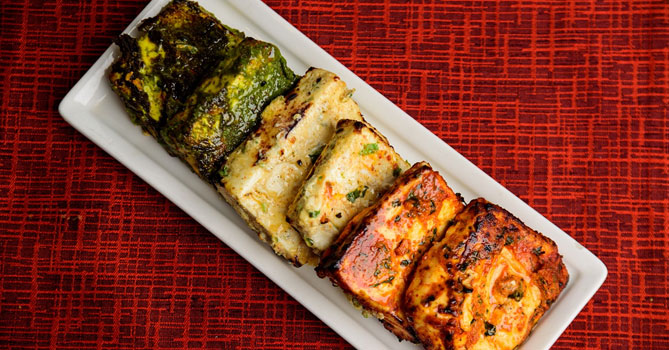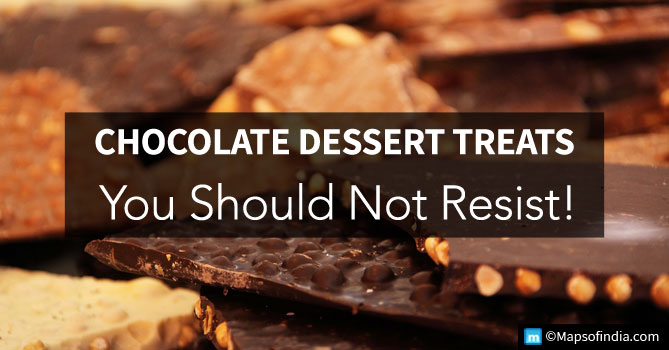In today’s times, especially during COVID induced lockdown, food bloggers have been posting different recipes on social media. New people are also joining in along popular hotels for setting up an idea emphasising sustainability while adopting zero-waste cooking. Quarantined people are also using this as one of the available resources.
Zero-waste cooking refers to leaving no waste behind while preparing a meal. It consists of parts of the ingredients that one is putting and packaging from the components. While undertaking zero-waste cooking, one will use every single aspect of fruits, vegetables, meat, and other ingredients required for the dishes. It’s not mandatory to use in a specific dish. Parts can be used for other dishes in a kitchen, get composted and remade for another purpose.
Knowing that there is acute storage of food and thousands waste vital resources, especially in weddings. It’s then the restaurants that sustained the most food waste.
To attain a zero-waste restaurant needs planning, communicating, and strategising with the staff to perform sustainable functions. An exciting area to begin is with the fundamental processes one places into the kitchen by learning the basics, and there is a success path scheduled.
Many people conform to waste-reducing concepts which resemble beauty, clothing, wellness products and others. Zero-waste cooking can be initiated from home with the practices of Reduce, Reuse and Recycle.
- Reduce: One should not use ingredients that will not be used or are not required. Cook in smaller portions to prevent any situation of redundancy with leftovers.
- Reuse: One can consider food scraps with the same purpose rather than putting them aside. One could have reusable containers to procure foods in bulk which will avoid wastage.
- Recycle: The compost remaining food scraps. From food rescue organisations across the country, one can opt to procure food from there to make sure that farmed produce doesn’t go to waste.
Zero-waste cooking removes waste gradually from food packaging products, serving containers and takeout boxes.
According to the Environmental Protection Agency (EPA), there is a considerable amount of food, single-use plastic, materials involved in the process of sending over 23% or approximately a quarter of all substances to landfills, which is packaging and containers.
Zero-waste cooking is an art, testing and with lots of zeal as with one effort towards this goal brings an impact to other people and lowering the environmental impact.
Following are the ways which may help one’s health
- Improves environmental health: Wasted food is one of the prominent participants in greenhouse gas emissions across the globe. These gases intake heat and trap it in the atmosphere, which enables global warming. The food system as a whole makes approximately 13% of all greenhouse gas emissions yearly. When food gets covered in landfills, it releases methane, a potent greenhouse gas even higher than carbon dioxide. Suppose someone leaves over food or submit to a dustbin. In that case, it wastes not only the food itself but also the vital resources comprising energy, water, land, and labour that went into growing, preparing and handing over the food.
- Composting: Composting is a method by which natural organic matter converts into nutrient-rich soil. It is also a way to keep food scraps aside without covering the area of landfills. Take a compost bin or a place in the yard where one can dispose of wastes. Composting is the best approach to recycle leftover materials such as eggshells, tea bags, fruits and vegetables, and coffee grounds.
- Shopping with Zero-waste cooking: Before stepping out for shopping, think of the informed, mindful decisions at the store and the impact on waste as the decisions one makes. Some simple steps to zero-waste shops include buying in bulk whenever possible, bringing your bags, not taking goods with packaging not required.




